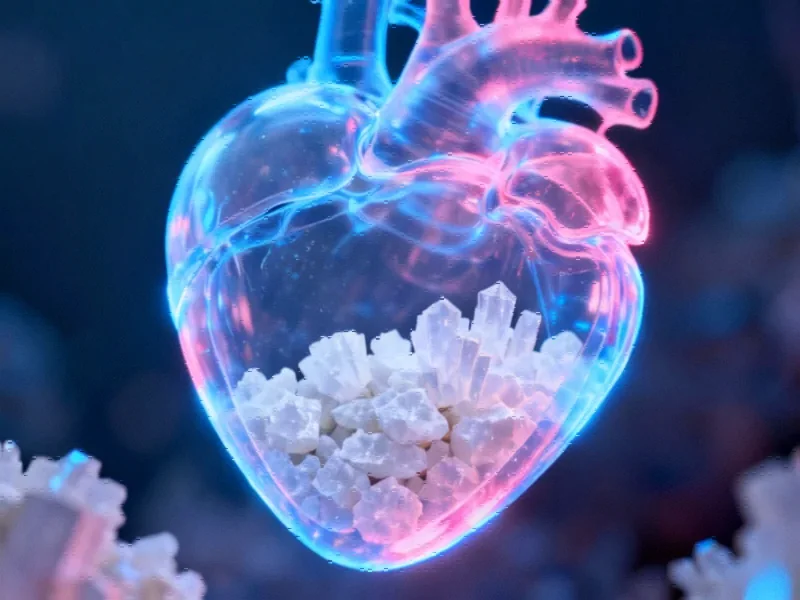The IL-17 Signaling Revolution: Beyond Conventional Inflammation Pathways
In the complex landscape of immune signaling, the interleukin-17 (IL-17) pathway represents a fascinating evolutionary development that has challenged conventional understanding of cytokine networks. Originally discovered in 1993 from activated T-cell hybridomas, IL-17 has emerged as a central player in autoimmune disorders and inflammatory conditions, with its receptor system presenting unique structural and functional characteristics that distinguish it from other interleukin families.
IL-17RD: The Missing Link in Chronic Inflammation Regulation
The recent identification of IL-17RD (also known as Sef or IL-17RLM) has fundamentally transformed our understanding of how IL-17 signaling operates at the molecular level. This orphan receptor member of the IL-17 receptor family serves as a critical interaction partner with IL-17R, forming heteromeric complexes that mediate the diverse biological effects of IL-17 signaling. The significance of this discovery cannot be overstated, as it explains previously mysterious aspects of IL-17 function that had remained elusive for over a decade after the cytokine’s initial discovery.
What makes IL-17RD particularly intriguing is its role as a molecular gatekeeper. Research demonstrates that loss of interleukin-17 receptor D promotes chronic inflammation-associated tumorigenesis, positioning this receptor as a crucial regulator at the intersection of inflammation and cancer development. This finding has profound implications for therapeutic strategies targeting autoimmune conditions and inflammation-driven cancers.
The Structural Uniqueness of IL-17 Signaling Components
The IL-17 system represents a distinct evolutionary branch in immune signaling. Unlike conventional interleukin receptors, IL-17R and its family members show no clear similarity to other known cytokine receptors, nor do they contain recognizable protein domains typically associated with interleukin signaling. This structural uniqueness initially complicated efforts to understand IL-17 signaling mechanisms.
Recent structural analyses have revealed that IL-17 and IL-17F share remarkable similarities with the cystine-knot growth factor family, including bone morphogenetic proteins (BMPs), transforming growth factor beta (TGF-β), and platelet-derived growth factors (PDGFs). This structural relationship suggests evolutionary connections between immune signaling and developmental growth factors, providing new context for understanding how IL-17 influences diverse tissue types including brain, lung, articular cartilage, bone, and intestinal epithelium.
The SEFIR Domain: Molecular Architecture of IL-17 Signaling
The discovery of the SEFIR domain (named after Sef and IL-17 receptors) represents a breakthrough in understanding how IL-17 signaling complexes assemble. This domain enables homotypic associations between IL-17R and adaptor proteins like Act1, creating the structural foundation for signal transduction. IL-17RD incorporates this critical domain architecture, allowing it to participate in the formation of both heteromeric and homomeric receptor complexes that mediate IL-17’s biological effects.
The functional consequences of this molecular architecture are substantial. IL-17 treatment induces expression of three major gene categories: pro-inflammatory cytokines and chemokines, cytoplasmic proteins involved in immune response, and extracellular matrix components. Through these coordinated gene expression changes, IL-17 establishes a crucial link between T17 lymphocyte activation and tissue homeostasis in both health and disease states.
Clinical Implications and Therapeutic Horizons
The identification of IL-17RD’s role in IL-17 signaling opens new therapeutic possibilities for numerous conditions. The receptor’s position as a regulator of chronic inflammation-associated tumorigenesis suggests potential applications in cancer prevention and treatment. Meanwhile, its involvement in autoimmune conditions like experimental autoimmune encephalitis and collagen-induced arthritis indicates relevance for developing targeted therapies with potentially fewer side effects than broad immunosuppressants.
Recent industry developments in molecular research tools have accelerated our understanding of complex receptor systems like the IL-17 pathway. As researchers continue to unravel the intricacies of IL-17RD function, we’re witnessing remarkable related innovations in targeted therapeutic approaches that could transform treatment paradigms for chronic inflammatory conditions.
Future Directions in IL-17 Research
The emerging picture of IL-17 signaling through heteromeric receptor complexes including IL-17RD represents just the beginning of our understanding. Ongoing research focuses on how these receptor complexes integrate with other signaling pathways, how their expression is regulated in different tissue contexts, and how genetic variations might influence individual susceptibility to inflammatory and autoimmune conditions.
As the field advances, we’re seeing exciting market trends toward personalized immunology approaches that account for individual variations in immune receptor expression and function. The continued elucidation of IL-17RD’s role will undoubtedly contribute to these emerging therapeutic strategies, potentially offering new hope for patients with conditions ranging from rheumatoid arthritis to inflammation-driven cancers.
This expanding knowledge base aligns with broader recent technology advancements in structural biology and molecular imaging that enable researchers to visualize these complex interactions at unprecedented resolution. The ongoing characterization of IL-17RD and related receptors promises to keep this field at the forefront of immunology research for years to come.
The breakthrough research on chronic disease mechanisms continues to reveal unexpected connections between immune signaling and various pathological conditions, highlighting the importance of fundamental research in driving clinical advances.
This article aggregates information from publicly available sources. All trademarks and copyrights belong to their respective owners.
Note: Featured image is for illustrative purposes only and does not represent any specific product, service, or entity mentioned in this article.



